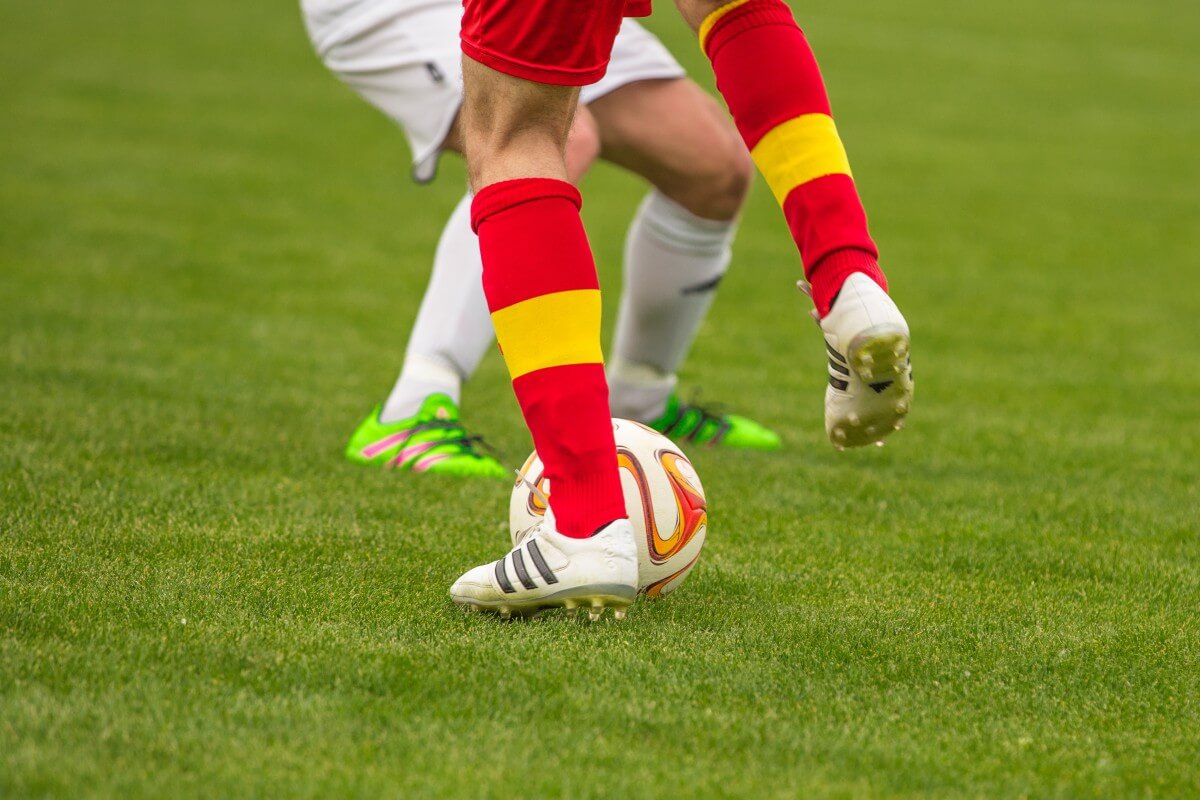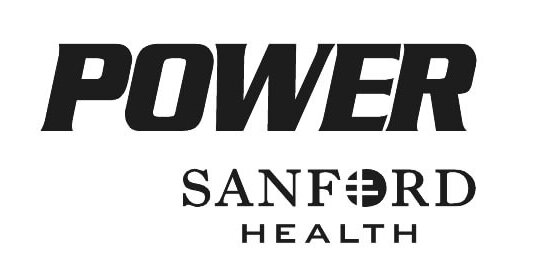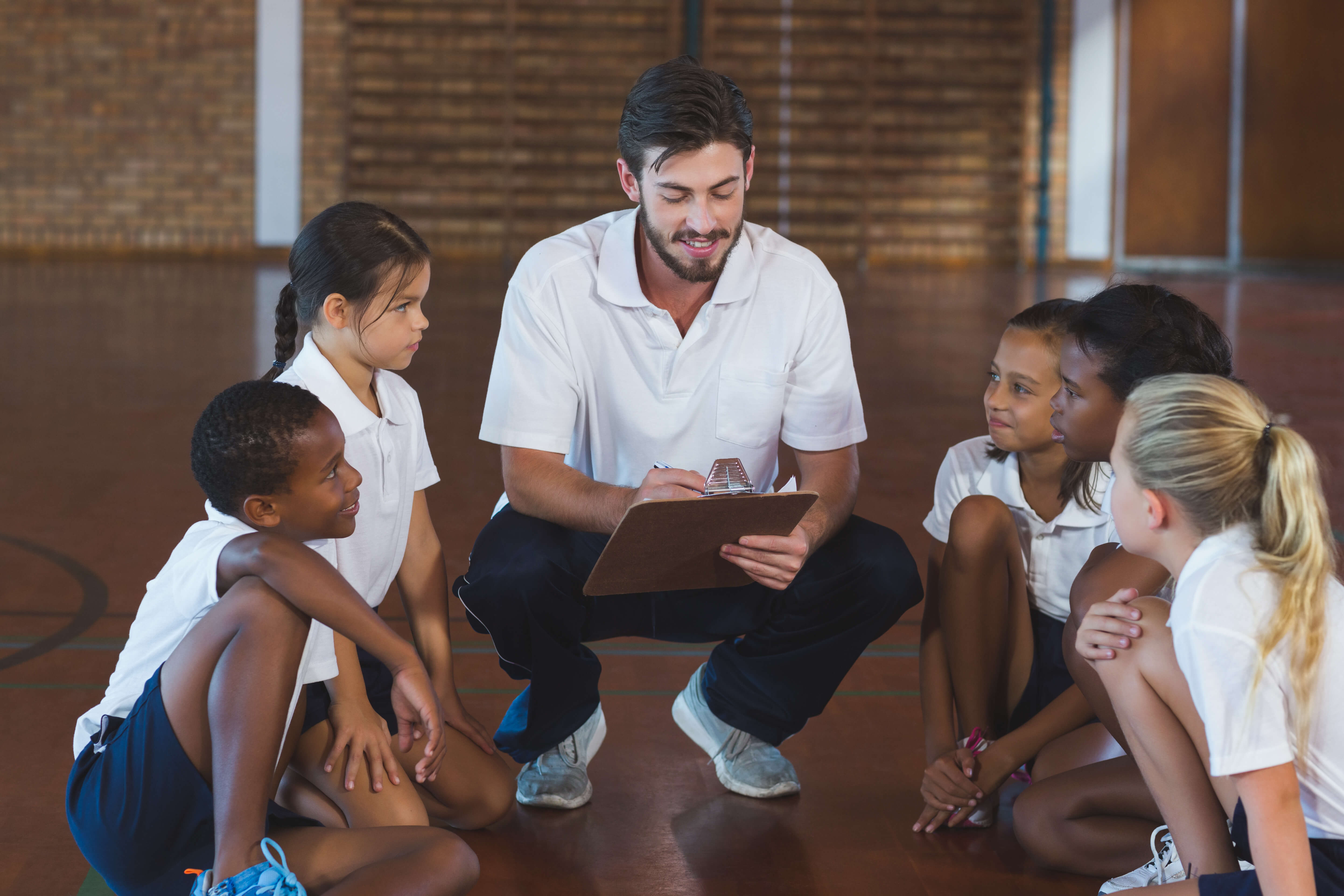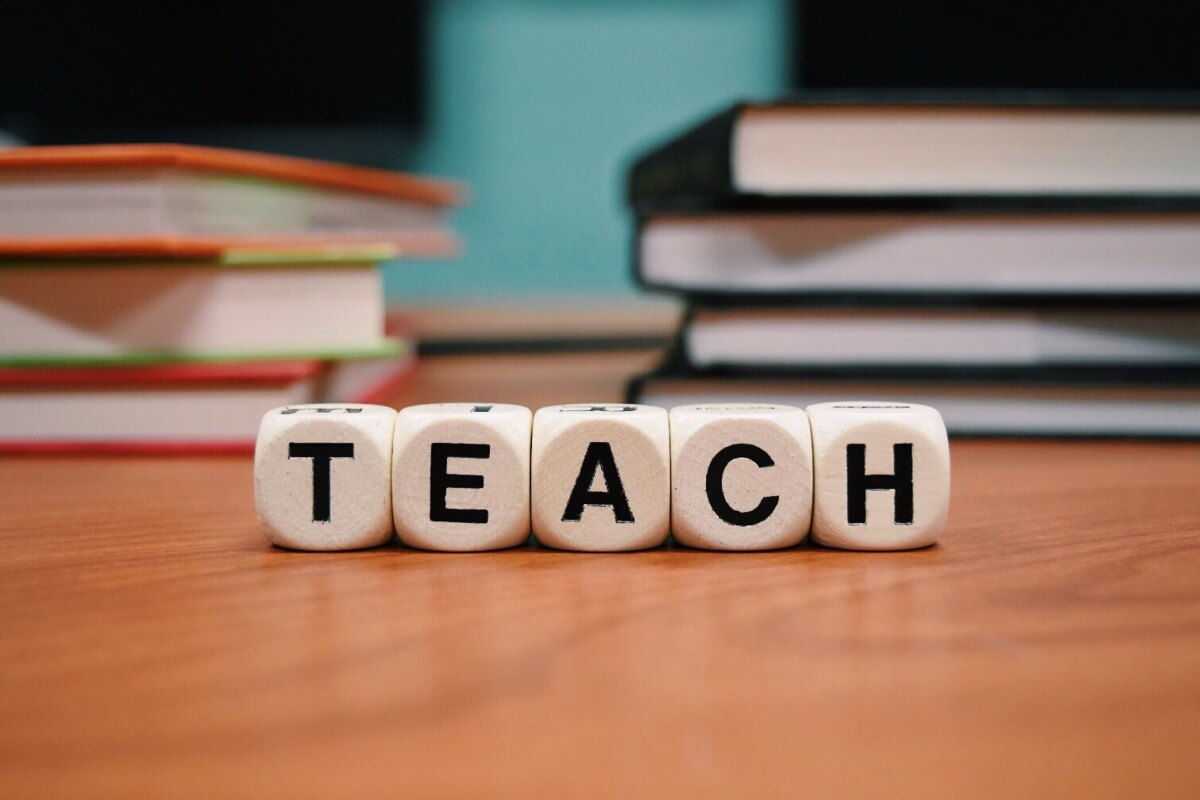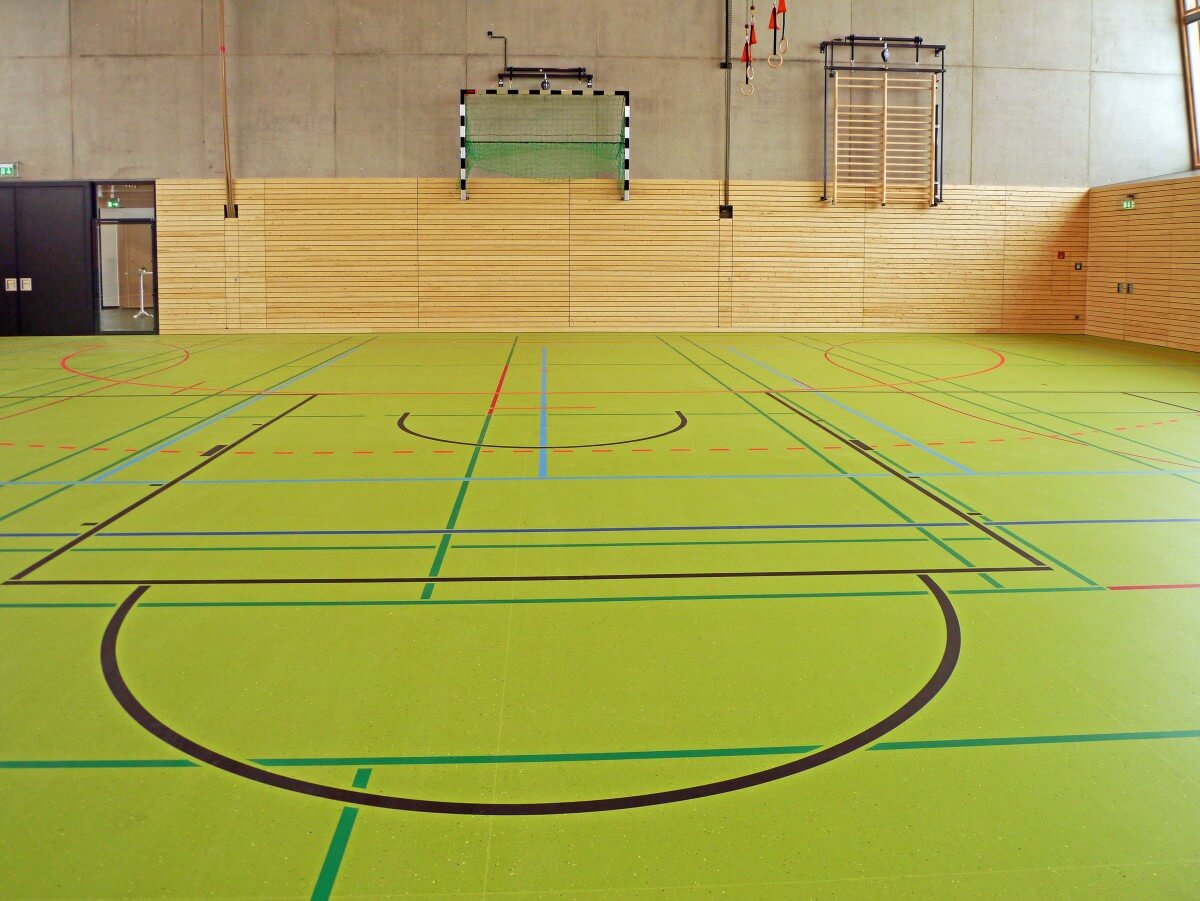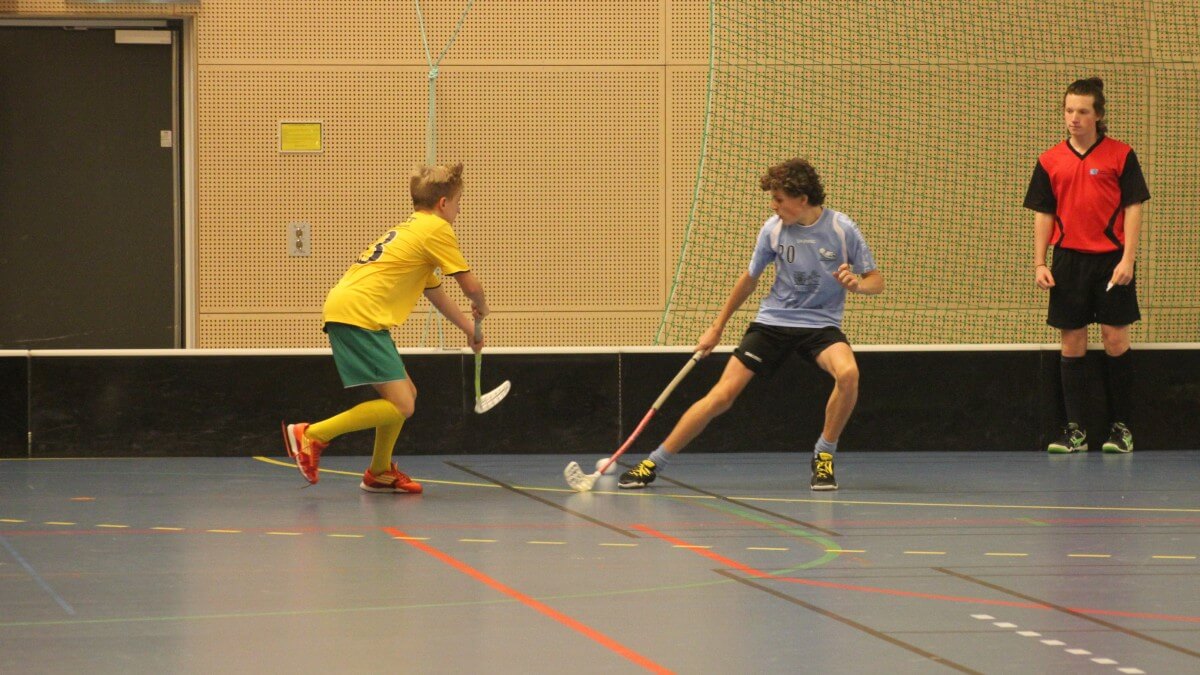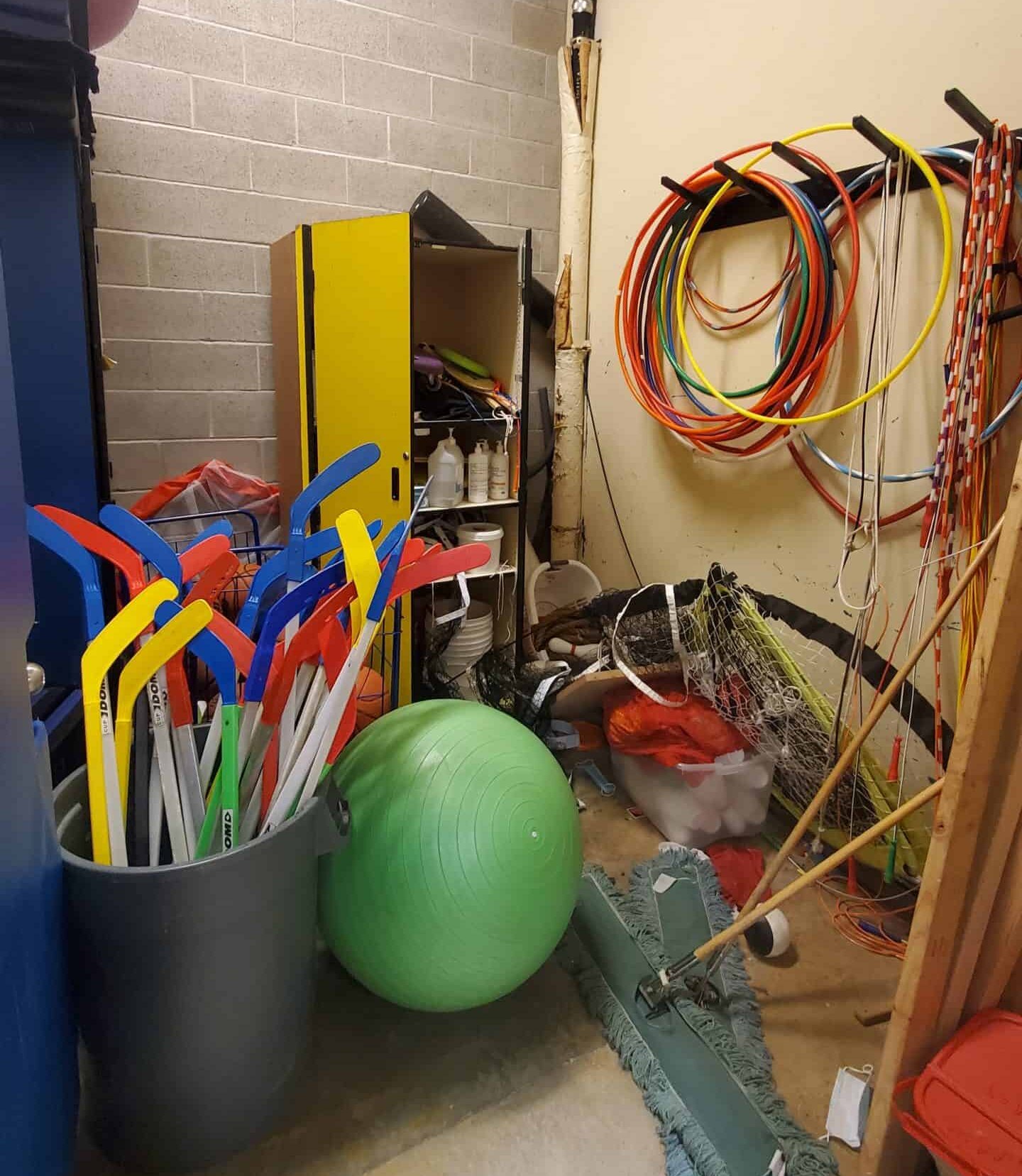
It has become wildly apparent that neglect leads to destruction. The planet, the houseless, bodies, trauma, young people. ( I could add the elderly or just ‘people’ there as well, but older people tend to have and want to keep, and don’t want upheaval to complicate things. They also typically don’t have the energy.) When I returned from my two-month leave, the storage closet and mat room were in shambles. Two of my female students told me how they organized the equipment closet for me, then found it a mess the next day. They cleaned it again and found it a mess again. As I listened to their story, I playfully asked, “And then what happened?” We just gave up. I smiled, thanked them for their efforts, and said, “Welcome to [Physical] Education.”
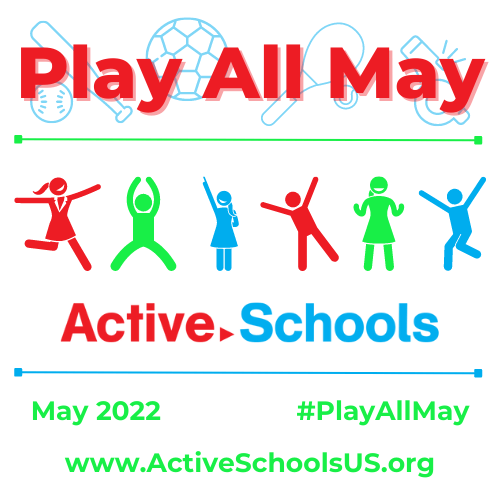
I get to school early, at least an hour before our directed 7:30 am start time. I need time for myself, to move and notice the left conditions of things. The starting point is never the same. Not with my body, not with the environment. There is a system of inspections that takes place. We make continuous, sincere checks on that which we care about. What is the current condition, what resources do we have to either solve or investigate the problem, and what conflicts are at play for maintaining order and ownership?
